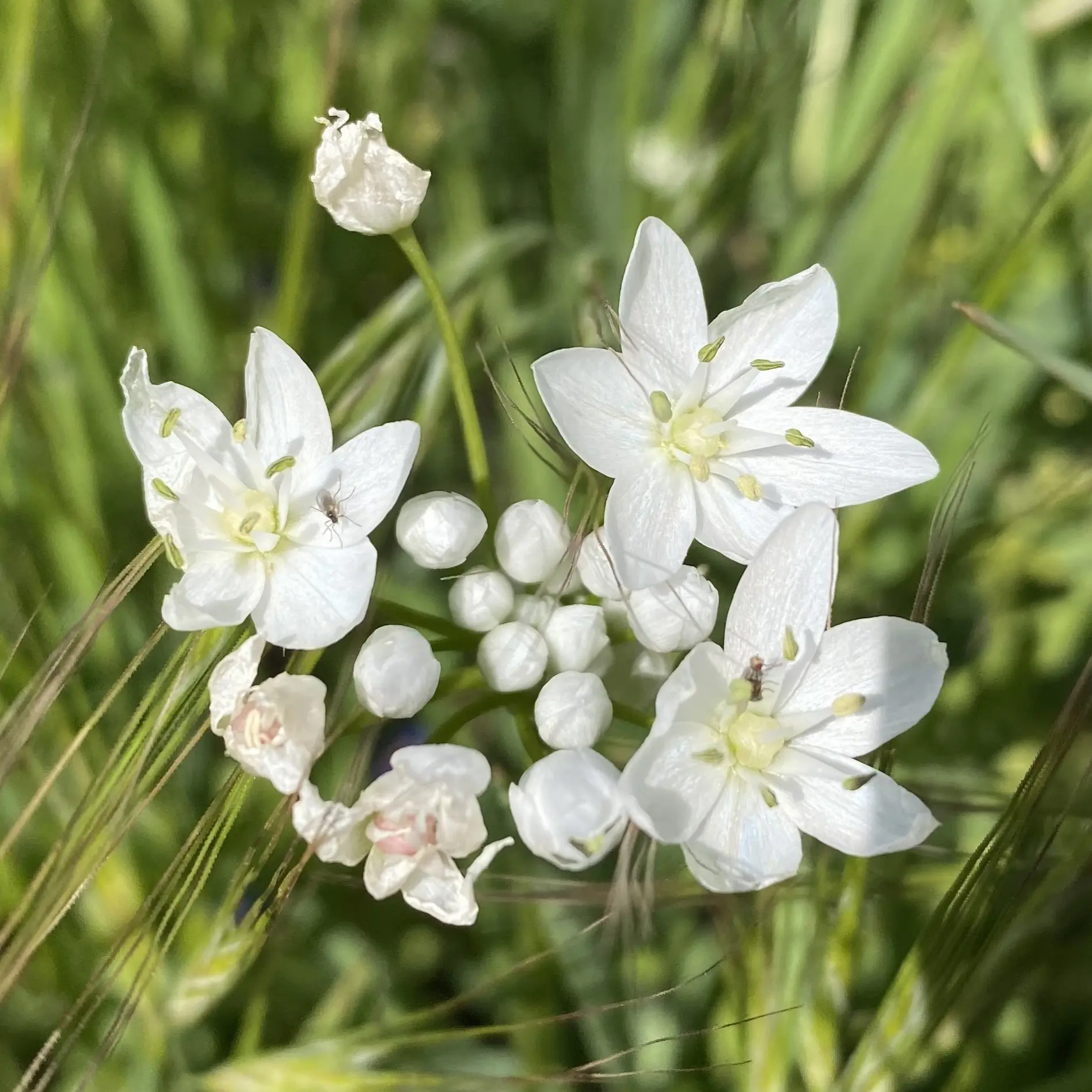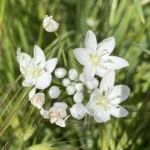Δρίμια η παραθαλάσσια
Etymology of Drimia maritima
"Drimia" derives from Ancient Greek "δριμύς" [drimis], which means "unpleasantly bitter/pungent". The epithet "maritima" comes from the Latin word "maritimus", meaning "of the sea" or "maritime". It refers to the plant's common habitat.
Drimia maritima plant characteristics
Drimia maritima is a large, perennial plant that grows from a massive, bulbous base, which is often found just below the soil's surface. This bulb is a key feature of the plant, acting as a reservoir for nutrients and water, allowing it to endure the long, dry summers of its native climate. The plant follows an unusual growth cycle: it produces its distinctive, large, strap-shaped leaves during the cooler, wetter months of autumn and winter. These leaves die back completely by late spring. Then, when the soil is dry and most other vegetation has withered, a single, towering flower stalk emerges directly from the ground. This impressive stalk can reach up to 1.5 meters in height and is covered with hundreds of small, star-shaped, white-to-green flowers.
Where Drimia maritima grows
As its scientific name suggests, Drimia maritima is a plant of the coast. It is native to the Mediterranean region, where it thrives in environments that are often inhospitable to other plants. It prefers sunny locations and is commonly found in rocky or sandy soils near the sea, as well as in dry, open fields. Its deep root system and large bulb are perfectly adapted to survive in these arid conditions, making it a resilient and prominent part of the coastal Mediterranean landscape.
Historical and Medicinal Significance
Drimia maritima has a long and complex history with humans, primarily due to its toxic and potent medicinal properties. Ancient civilizations, including the Greeks and Romans, were aware of its power. They used it to create remedies, particularly as a diuretic to increase urination, and for its effects on the heart. The plant's bulb contains powerful compounds called cardiac glycosides, which, in controlled doses, can be used to treat certain heart conditions. However, this same toxicity made it effective as a rodent poison.
It is critical to note that due to its high toxicity and a narrow margin for error between a therapeutic and a lethal dose, Drimia maritima is extremely dangerous. Its use in modern medicine has been largely replaced by safer, synthetic drugs. The plant should never be ingested or used for medicinal purposes without professional medical supervision.

